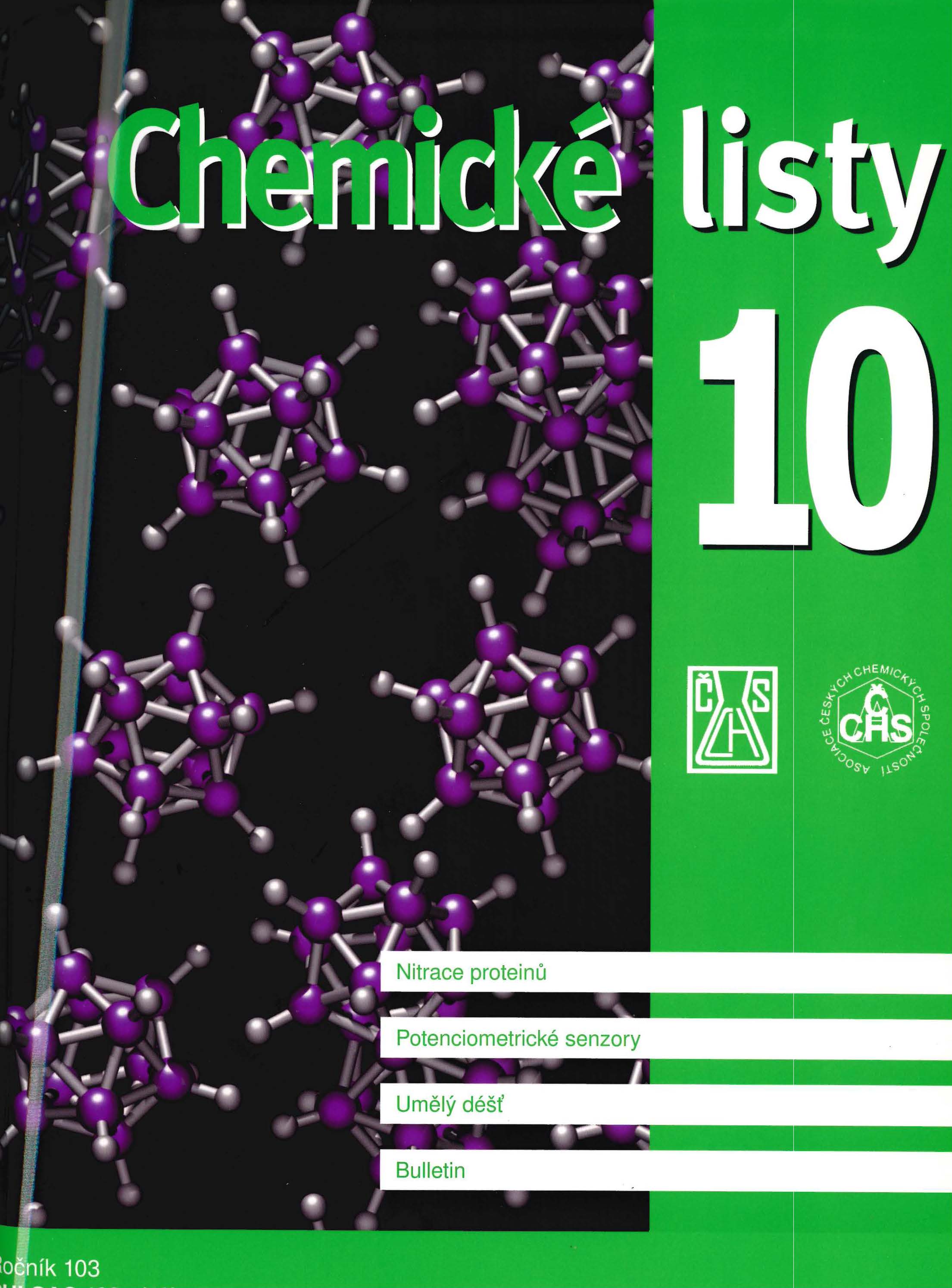Protein Nitration by Reactive Nitrogen Species
Abstract
Protein nitration and nitrosylation have recently emerged as important post-translational modifications of proteins. This review summarizes the current knowledge of nitration of tyrosine residues in proteins and the sources, fates and roles of nitrated proteins in vivo. Tyrosine residues are nitrated to 3-nitrotyrosine residues by reactive compounds like nitric oxide, nitric dioxide, peroxynitrite and nitrite metabolites as well as by other reactive nitrogen and oxygen species. Peroxynitrites are probably the most important nitration agents in vivo, though other nitrations have also been described. The introduced nitro group influences pKa of the tyrosine residue and its accessibility to phosphorylation as well as protein structure, stability and biological activity. The enhanced nitration of proteins is a consequence of a higher production of reactive nitrogen and oxygen species and/or their lower scavenging. Nitratd proteins are observed in many cardiovascular, neurodegenerative and inflammatory pathologies. The nitrated proteins can be detected by immunohistochemical methods in situ or detected and identified by chromatography and mass spectrometry.Downloads
Published
2009-11-15
How to Cite
Hnízdová, I., Luhová, L., & Petřivalský, M. (2009). Protein Nitration by Reactive Nitrogen Species. Chemické Listy, 103(10). Retrieved from http://ww.w.chemicke-listy.cz/ojs3/index.php/chemicke-listy/article/view/1447
Issue
Section
Articles





